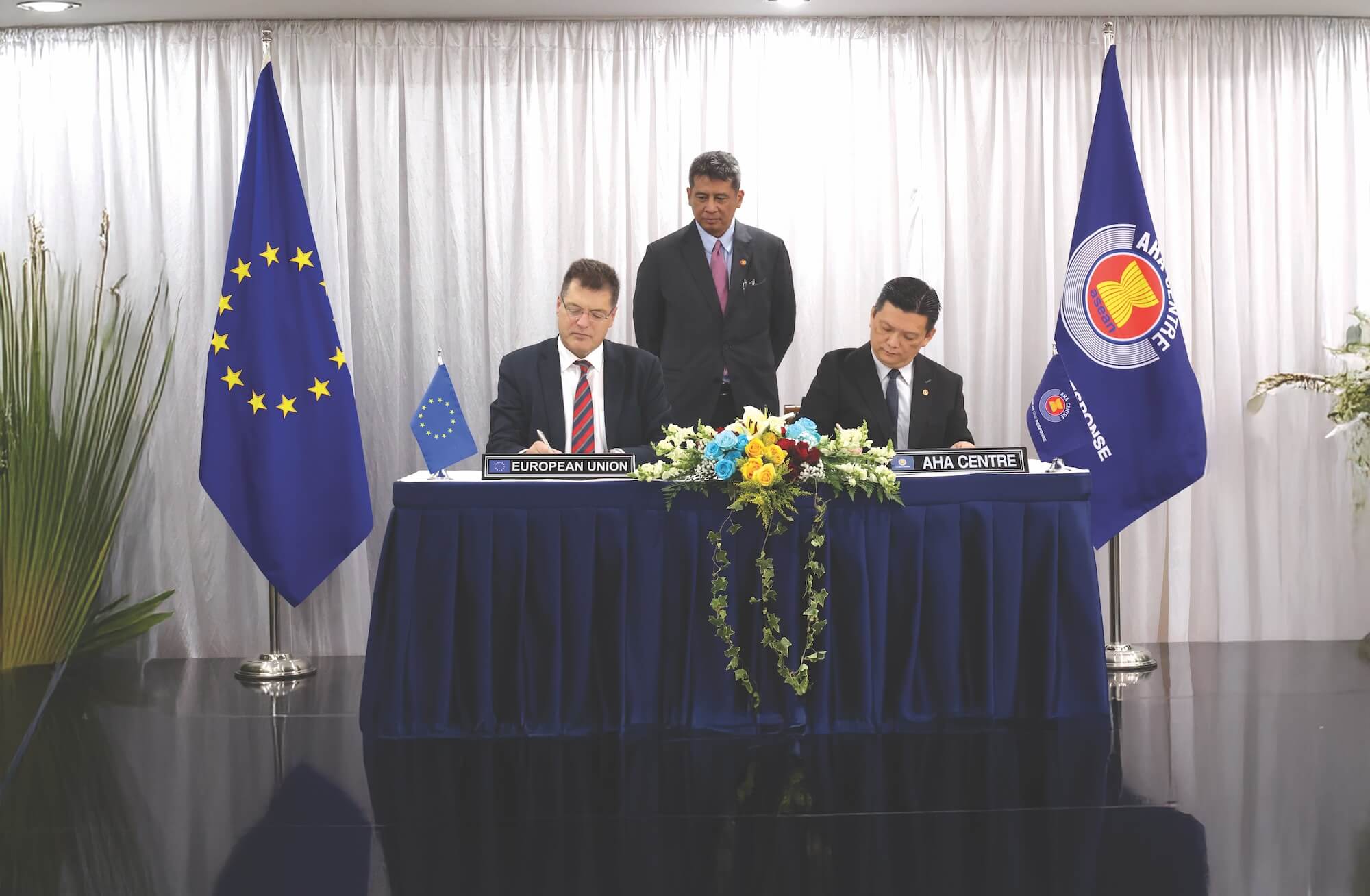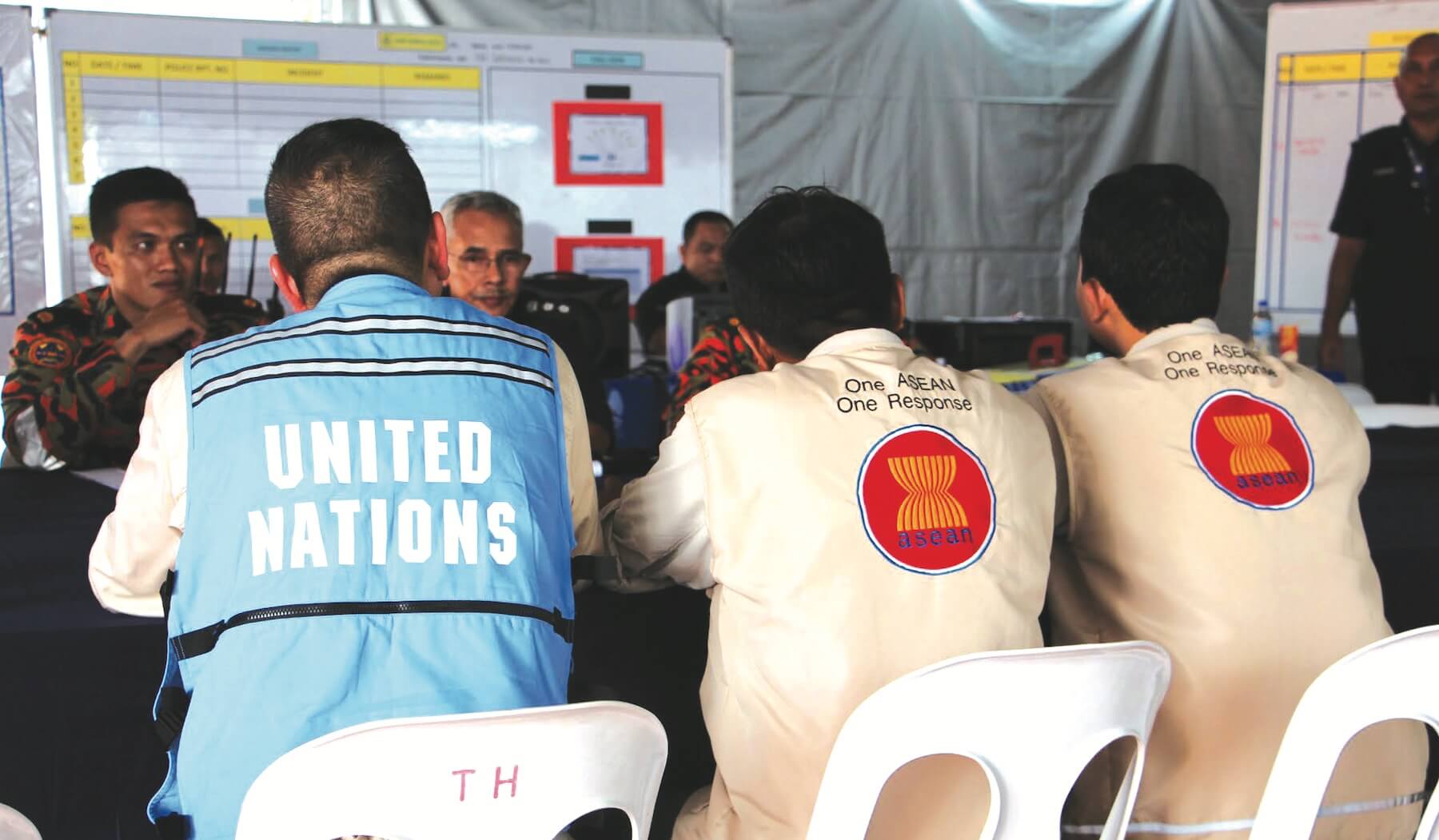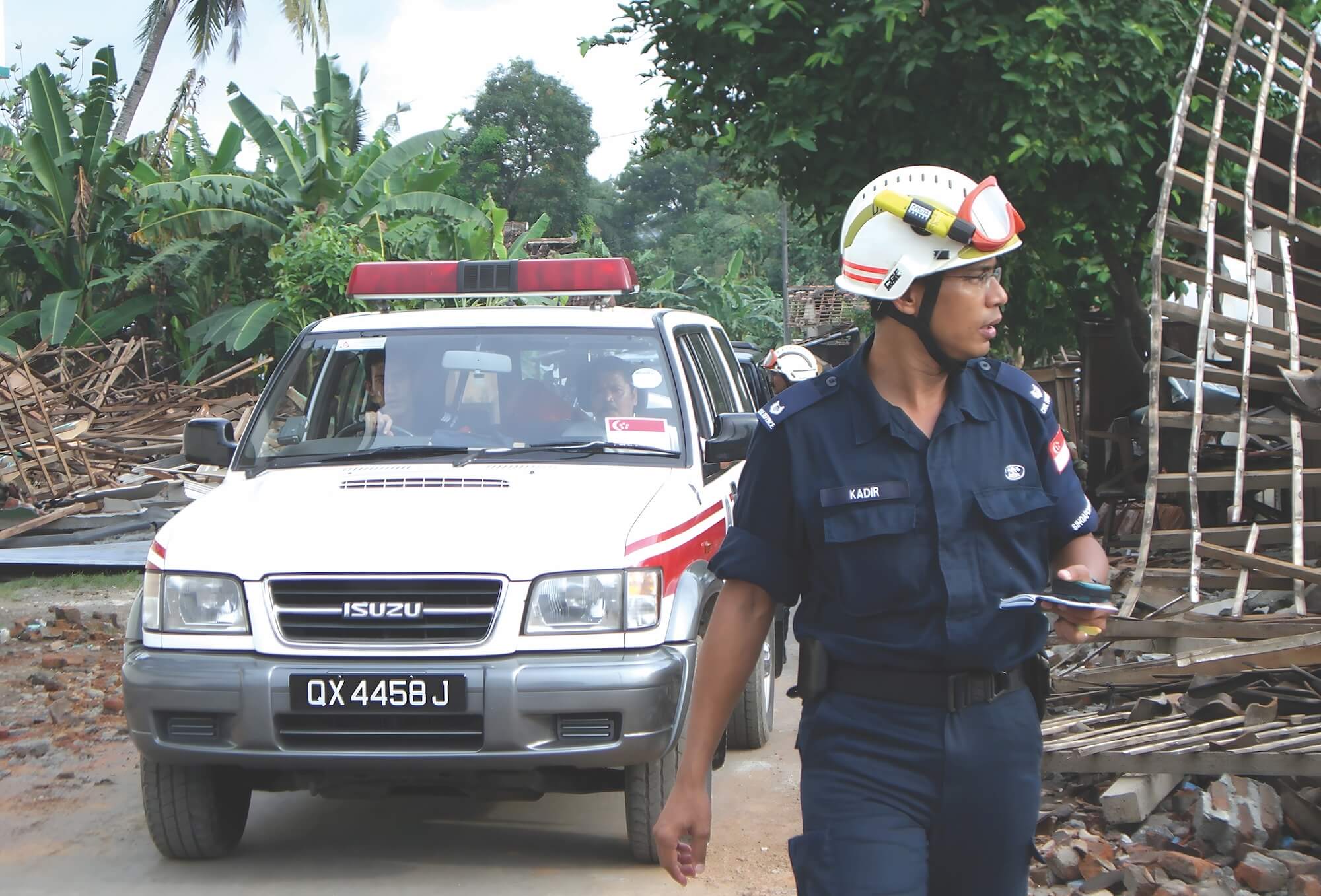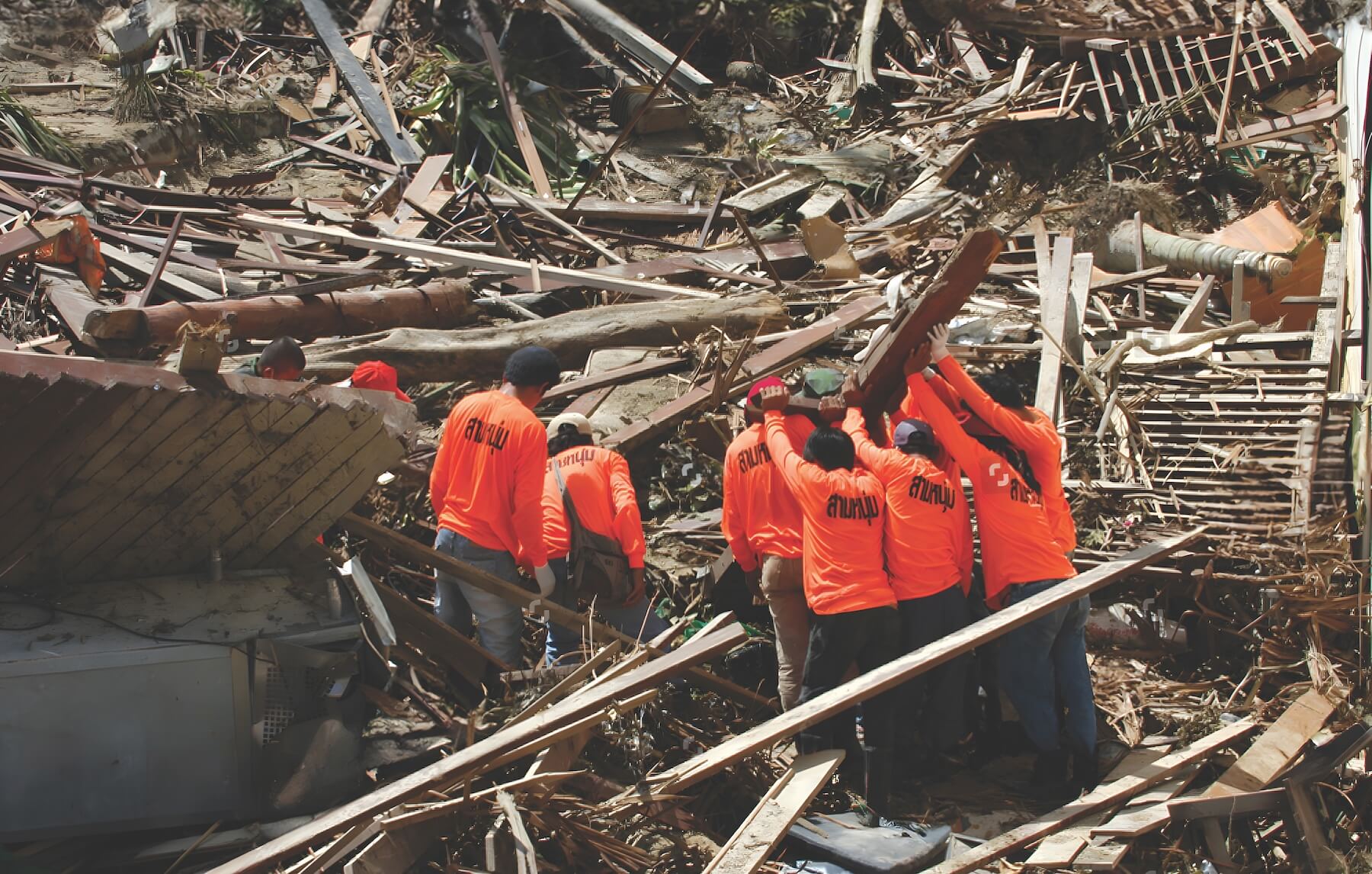




On 26 December 2004, a magnitude 9.1 earthquake struck off the coast of the Indonesian island of Sumatra, the most powerful undersea earthquake since 1964. It triggered a series of immense waves that slammed into the Andaman coastlines. Six provinces in the south of Thailand—Phuket, Phang Nga, Ranong, Krabi, Trang, and Satun—were severely devastated. The number of fatalities was approximately 5,400 people, with more than 8,000 injured and 2,800 missing (Nidhiprabha, 2007). Moreover, extensive damage to buildings occurred; local accommodations, resorts, hotels, and roads were completely destroyed.
Given that Thailand is not situated in the Ring of Fire, the tsunami came as a complete shock to the Thai people. Unlike other countries bordering the Pacific Ocean, Thailand lacked tsunami warning systems and experts at that time. Only the undersea earthquake was reported when it hit southern Thailand, and residents and tourists were unaware of another impending disaster. Moreover, the deadly waves hit the shores during the year-end tourism high season, exacerbating the catastrophic losses.
Thailand, like other countries around the Indian Ocean, heavily relies on the tourism sector. In 2004, tourism revenues from the six Andaman provinces accounted for 17 per cent of the total tourism revenues in the entire nation (Asian Disaster Preparedness Center, 2006). According to the Thailand Development Research Institute, the destructive surge devastated 324 hotels, 345 restaurants, 346 stores, and 4,000 stalls (Israngkura, 2005).
The damage to the tourism sector was estimated to be over 73 billion Thai baht—approximately 2.2 billion US dollars at the current rate (Somboon, 2005), with 30 billion Thai baht attributed to immediate damage and 43 billion Thai baht accounted for ongoing or long-term damage, based on 2005 values (Chamnongrasmi, 2005). The International Labour Organization also revealed that up to an estimated 100,000 people in the tourism sector may have lost their jobs. The tsunami not only destroyed the tourism infrastructure but also shook tourists’ confidence in the safety of the Andaman coast. Tourists’ cancelled Thai Airways flights resulted in a loss of 270 million Thai baht—approximately 8 million US dollars at the current rate. The hotel occupancy rate was only 30 per cent in the affected areas in 2005 (Leelawat et al., 2018).
The lessons learned from Thailand’s post-tsunami recovery centred on rebooting the economy, rebuilding infrastructure, and implementing new preventive measures and warning systems. The Thai government introduced financial assistance programmes and compensation schemes for the affected people. In the short term, the Ministry of Finance waived and reduced taxes and established the Tsunami SMEs Fund and Tsunami Recovery Fund for equity financing. Responsible lending measures were also enacted to help entrepreneurs survive. Additionally, the Finance Ministry, in collaboration with the Asian Development Bank, launched the Regional Development Plan, which covered policy-level, area-based, and activity-based development for the mid-term (2005-2009) and long-term (2010-2020) periods, targeting three affected areas: Phang Nga, Phuket, and Krabi.
To reconnect the affected areas with the rest of the world, the Thai Government tasked the Department of Highways with expediting the construction of highways between Krabi and Ao Leuk, as well as between Ao Leuk and Thap Put, by 2007. The Provincial Electricity Authority was directed to install electric cables from Ao Nang to Railay Beach quickly. Meanwhile, the Marine Department was assigned to conduct a feasibility study to establish a Port of Call from the mainland to Lanta Noi Island and further connect Lanta Noi to Lanta Yai.
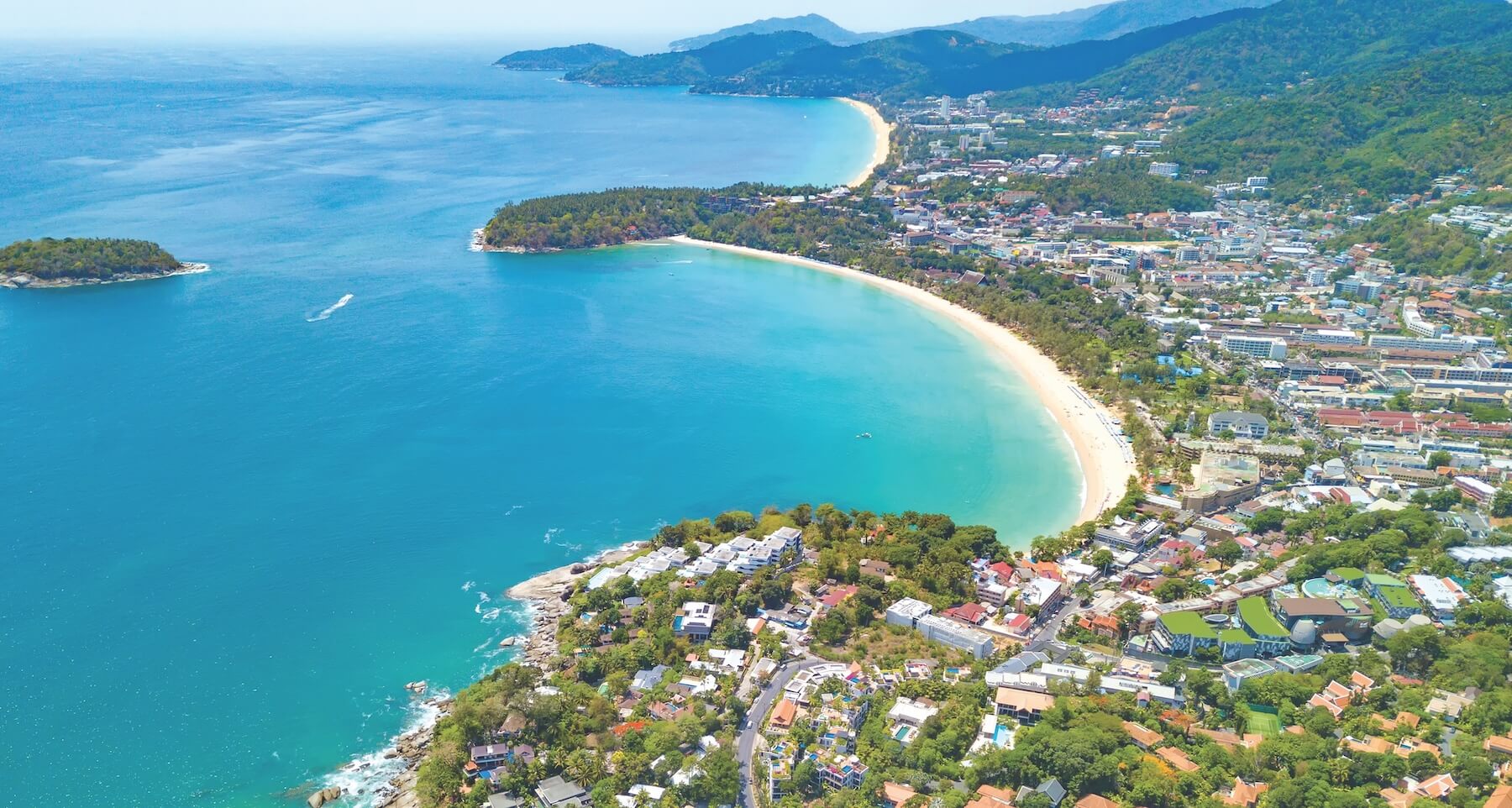
Natural disasters can strike unexpectedly, and Thailand is committed to ensuring that history does not repeat itself. Since the tsunami of 2004, Thailand has successfully developed a world-standard disaster warning system, including offshore warning buoys and a tsunami warning tower in Phuket. Several tsunami evacuation drills are conducted annually in high-risk areas. Following the disaster, the government established the Department of Disaster Prevention and Mitigation under the Ministry of Interior to oversee the disaster warning system planning, and every year since, the 26th of December has been commemorated as a “National Disaster Prevention Day.”
Disaster alerts are now available in five languages: Thai, English, Russian, Chinese, and Japanese, to ensure that tourists receive timely and inclusive warnings. In 2025, the Ministry of Digital Economy and Society plans to launch a five-language mobile phone emergency warning system, enabling both Thais and foreigners to receive warning messages in any area when disasters occur.
In the tourism sector, achieving a solid recovery has become a top priority. According to the Asian Development Bank Institute, the government set aside 112 million US dollars for immediate tsunami relief, of which 14 per cent was allocated to projects for reviving the tourism industry in the Andaman areas. According to the Bank of Thailand, tourist numbers began to increase two years after the tsunami. In response, the government initiated efforts to promote sports events aimed at transforming certain Andaman coastal areas into world-class sports and water sports hubs. Plans were also set in motion to accelerate the construction of convention and exhibition centres in Phuket, alongside organising tourism events in the coastal provinces for three consecutive years. Additionally, various initiatives were implemented to boost tourism in the affected areas and reshape tourists’ perceptions of the safety of travelling along the Andaman coastline. These initiatives included leveraging influencers, producing commercials, organising roadshows, and hosting familiarisation trips to allow media representatives to witness firsthand the safety of travelling in these areas.
Twenty years after the Indian Ocean Tsunami, Thailand has made significant strides in disaster preparedness and community resilience. The country has implemented world-class warning systems, improved evacuation plans, and conducted regular disaster response drills to ensure the safety of its residents and tourists. These measures have helped rebuild trust in the safety of Thailand’s coastal areas and demonstrated the nation’s commitment to protecting its people and visitors from future natural disasters.




